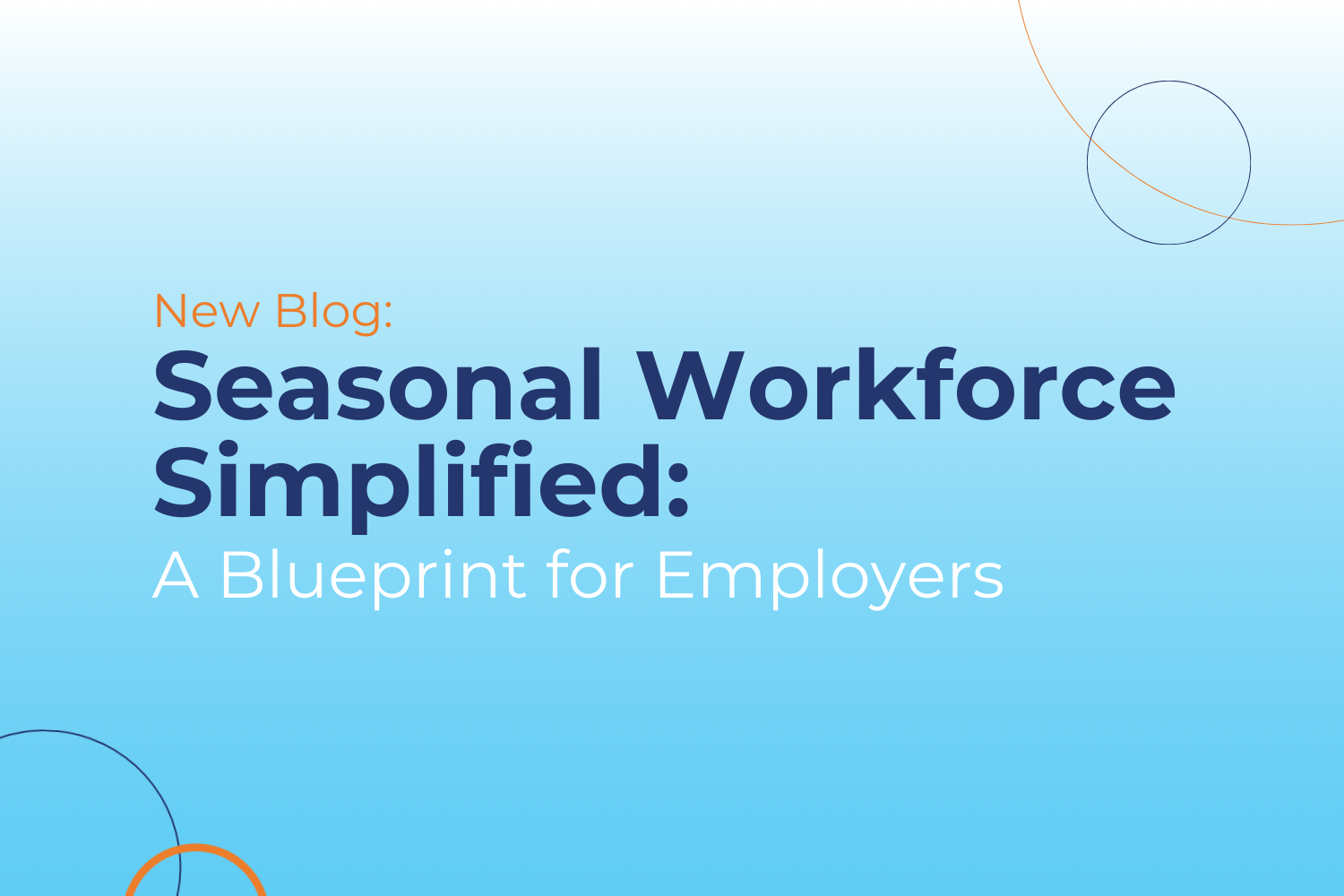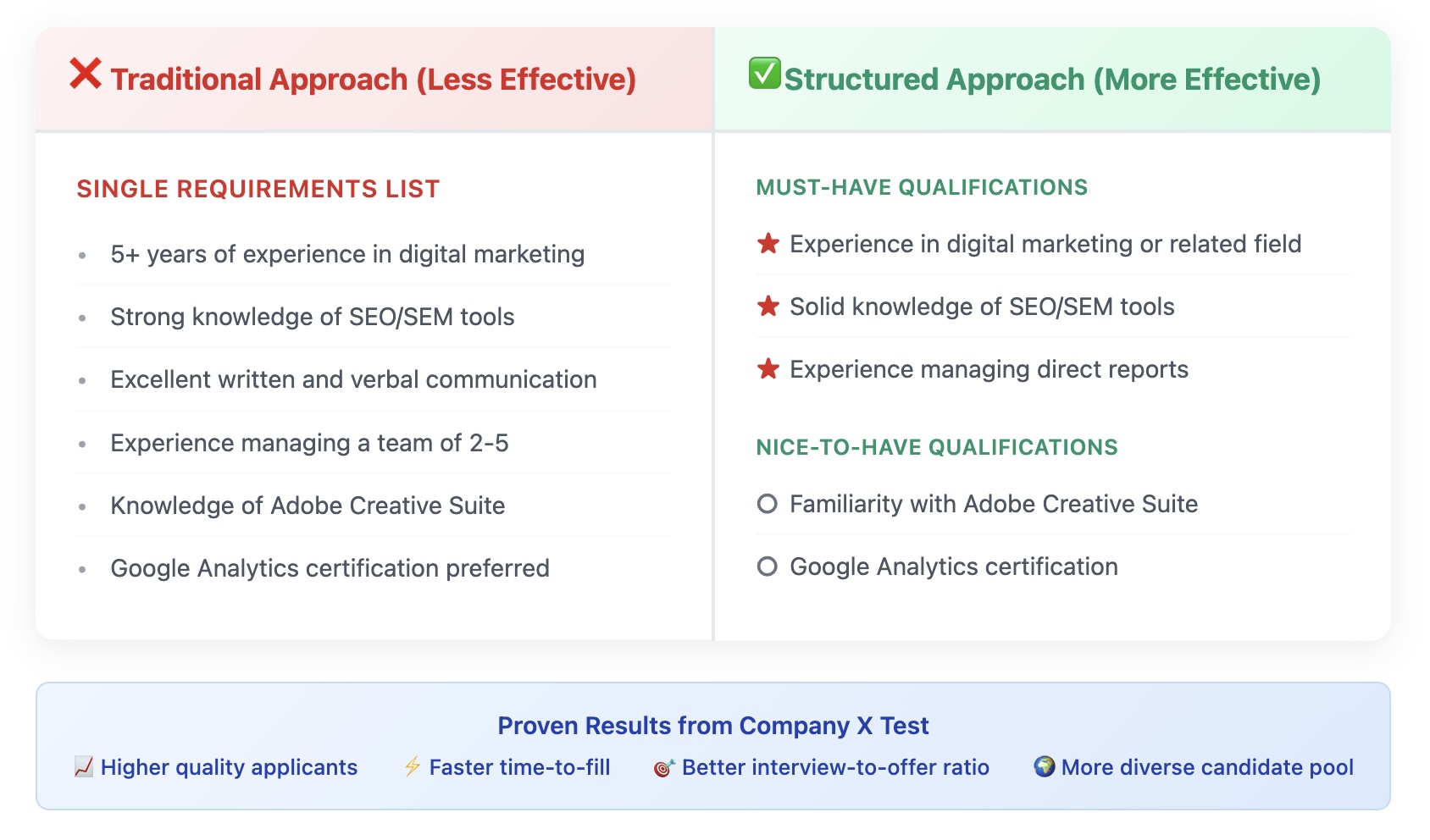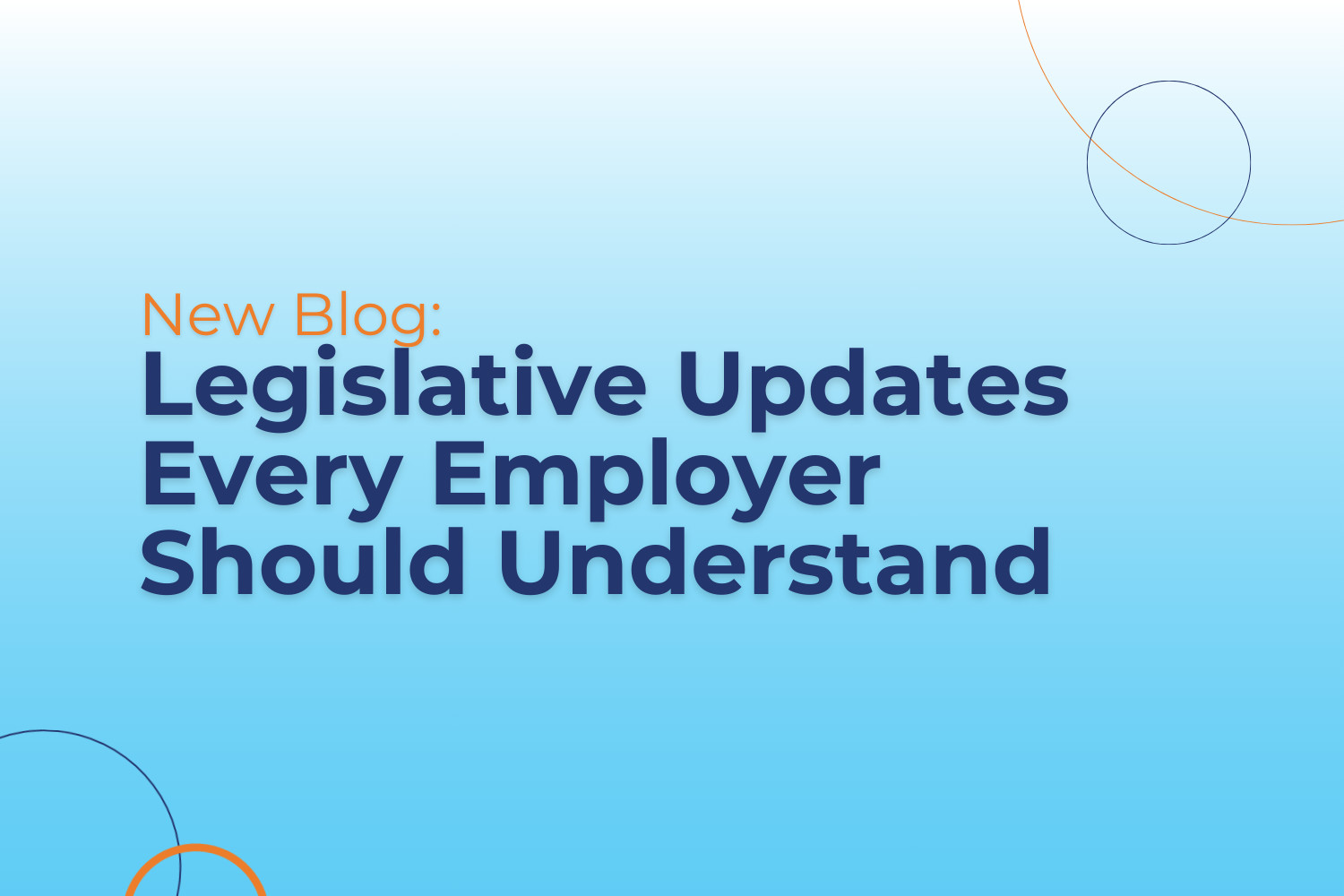Seasonal employees can be a lifesaver for businesses during peak periods. However, managing a seasonal workforce presents unique challenges. From compliance headaches to scheduling nightmares, here’s how employers can alleviate pain points and streamline their seasonal workforce management.
Benefits Eligibility: Avoiding Costly Compliance Pitfalls
Managing benefits eligibility for seasonal employees can feel like navigating a minefield. Thoroughly reviewing your plan documents to determine eligibility is essential. Adjusting schedules or creating specific employment categories can be effective solutions.
Compliance with the Affordable Care Act (ACA) is critical. Misclassifying seasonal employees can result in hefty penalties, so ensure your classifications and policies are airtight.
Compliance with Leave Laws: Clear Policies for Peace of Mind
Navigating leave laws for seasonal employees can be daunting, especially when states mandate sick time accrual for short-term workers. Eligibility to use this time often depends on the duration of employment. Additionally, seasonal workers may qualify for paid family medical leave programs based on their overall earnings over a certain period.
Clearly define vacation, PTO, and sick time policies to avoid costly misunderstandings.
Defining Employment Terms: Setting Clear Expectations from Day One
To prevent disputes and confusion, it’s crucial to clearly communicate the expected length of employment during the offer and onboarding process. A straightforward approach helps manage expectations and ensures smooth, amicable separations.
Staying Connected: Keeping Information Up-to-Date
Encourage seasonal employees to keep their contact information current. This ensures important documents like tax forms reach them without delay. Maintaining communication also makes rehiring for future seasons much easier.
Recruitment and Onboarding: Getting the Right People Fast
- Targeted Recruitment: Partner with local schools, community organizations, or staffing agencies to attract qualified seasonal workers.
- Efficient Onboarding: Speed up the process with comprehensive training modules and mentors to guide new hires.
- Clear Expectations: Clearly outline job duties, performance expectations, and company policies during onboarding to set the stage for success.
Workforce Management: Keeping Operations Smooth
- Scheduling Flexibility: Offering adaptable scheduling options can boost employee satisfaction and retention.
- Cross-Training: Providing cross-training opportunities improves efficiency and productivity.
- Performance Management: Set clear expectations, offer feedback, and consider a simplified performance management system for short-term employees.
Employee Engagement: Keeping Morale High
- Recognition Programs: Acknowledge seasonal workers’ contributions to enhance morale and create a positive work environment.
- Team Building: Foster camaraderie with activities that bring seasonal and full-time employees together.
- Growth Opportunities: Offering skill development opportunities can attract and retain top talent.
Post-Season Planning: Preparing for the Next Cycle
- Performance Evaluations: Conduct exit interviews to gather valuable feedback for improvement.
- Talent Pooling: Identify high-performing seasonal workers for rehiring or potential full-time positions.
- Inventory Management: Prepare plans for storing or disposing of excess equipment and inventory post-season.
Managing a seasonal workforce can be complicated, but you don’t have to go it alone. Let MP: Wired for HR be your trusted partner. From benefits and compliance to recruitment and workforce management, our experts provide tailored solutions to simplify the process. Contact us today to get started and make your seasonal workforce management pain-free!
Make sure to subscribe to MP’s blog and stay on top of the most up-to-date news and trends in the business realm.











